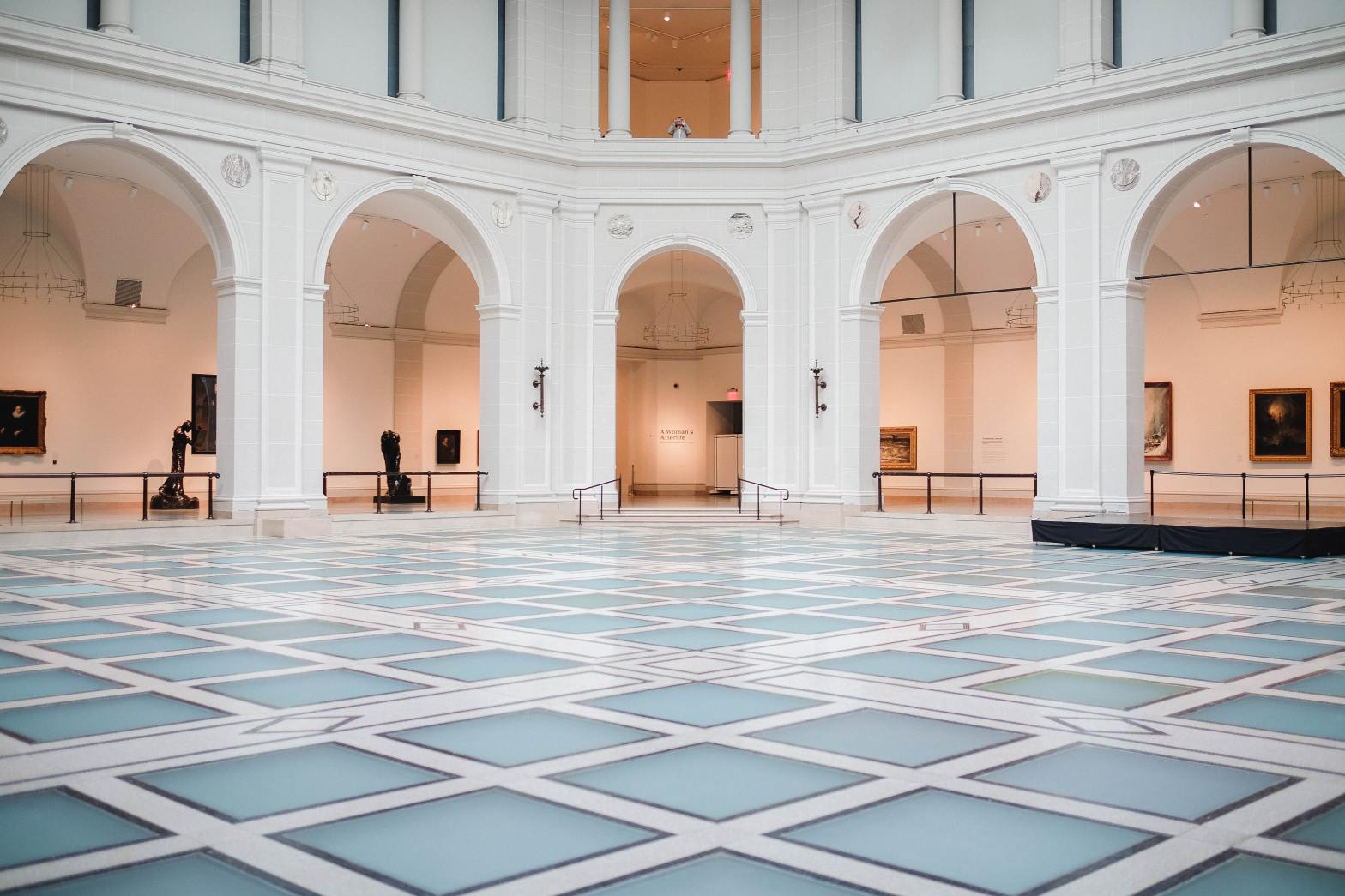
Why Art Should Be in Every Investor’s Portfolio
Investing in financial markets has never been easier than it is today, and in the last ten years, a number of new companies have emerged that enable access to alternative asset classes by eliminating the two most challenging barriers to entry for the general population: high capital requirements and the requisite domain expertise. Asset classes, such as real-estate, which in the past required a six-figure commitment and either an experienced advisor or copious amounts of personal research, can now be added to one’s portfolio with a minimum investment as low as five-hundred dollars. For those of us who don’t have a multimillion-dollar portfolio or industry-specific knowledge, this has been nothing short of a financial revolution — we can now reap the benefits of having access to new and lucrative investment products, which finally includes fine art.
Why is it important to add fine art to your investment portfolio?
Today, the global financial system is so intertwined that investing simultaneously in the Nikkei, S&P and FTSE does not guarantee that a substantial drop in one market will be counteracted by strength in the others — these three major equity indexes are highly correlated. However, Modern Portfolio Theory tells us that the ability to put money into investments whose prices move independently of one another is essential for maintaining the financial health of your portfolio in times of uncertainty.If you are investing in a number of different financial products, when the value of one is falling, you need the other assets to maintain or increase their value, and thereby, limit or offset any potential losses. The search for uncorrelated asset classes that followed major downturns in the last decade has led many savvy investors to turn to art as a way to protect their wealth and increase returns in the long-run.
Investing in art allows you to increase the projected returns of your portfolio by minimizing your overall risk profile through diversification.
The relationship between fine art and financial markets.
The leading art index, assembled by a pair of highly respected Art Economists, Jianping Mei and Michael Moses, using “same sales” data from public auctions calculated a long-term correlation coefficient of 0.04 with the S&P 500. In statistical terms, a coefficient of zero would signal no correlation whatsoever and +1.0 or -1.0 would signal perfect positive or inverse relationships, respectively. In recent years, many other researchers have followed suit in an attempt to quantify the relationship between the art market and other assets. Instead of using same sales data for works offered at public auction, Renneboog and Spaenjers created an index using a hedonic regression model. In their study, the pair found a slightly inverse relationship between art and the S&P 500, with a correlation coefficient of (0.03), and a positive correlation with the global stock market of 0.20, where neither is statistically significant from zero. However, the paper also revealed that art prices are more highly correlated with stock market returns in the prior period than the authors had expected, a dynamic which we saw play out prominently in recent years.
While financial markets to shake in 2007 and 2008, the demand for fine art was soaring to new heights.
The rising demand for fine art.
While financial markets began to unravel in 2007 and 2008, the demand for fine art was soaring to new heights. In 2005, roughly $630 million dollars flowed into the market for paintings sold at auction for $5 million or more, which we labeled the Masterpiece segment (though this term is used differently by researchers and in other contexts). By comparison, in 2008, while the US banking system faced uncertainty as Lehman Brothers was collapsing, the value of Masterpieces changing hands at auction had nearly quadrupled to a record-breaking $2.2 billion. Financial turmoil in the global markets had a ripple effect and caused a sharp decline in the number of expensive artworks trading hands just as stock prices were beginning to rebound. Even still, the 2009 total of about $625 million for Masterpiece sales at auction was on par with the 2005 results, whereas losses in the financial crash set the stock market back to a level at which it hadn’t traded since the late 1990s.
By any standard, and especially, in contrast to stocks and real-estate, the rebound for the high-end of the art market was exceedingly swift: by 2012, the market was already ahead of its 2008 peak and continued to grow to new heights, achieving a staggering $4.2 billion record for Masterpiece sales in 2015. Though results for the broader art and collectibles market have been mixed and inconclusive, the top of the fine art market has shown incredible resilience in the toughest times for the global economy. In part, this may be attributable to the fact that fine art has typically been held by investors with extreme wealth and financed primarily through equity capital as opposed to margin or other borrowings which predominate in equities, real estate and other asset classes. Therefore, it comes no surprise that the demand for Masterpieces, both from an aesthetic standpoint and for their ability to provide a relatively safe store of wealth, continues to grow.
How much of your investment portfolio should you allocate to art?
According to the Wall Street Journal, almost 8% of total wealth is held in “passion investments” such as art, but the number could vary widely between investors.
Professor Michael Moses was recently quoted in an interview that 10 to 20 percent is reasonable, however, your personal risk-tolerance and financial goals should help you decide what investments are right for your portfolio.